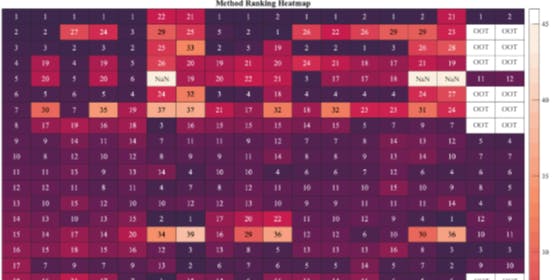THE odds of a massive asteroid slamming into Earth have jumped again, with NASA now warning of a 2.6% chance of impact.
Asteroid 2024YR4 is hurtling through space at 30,000 mph and could unleash 500 times the power of the Hiroshima bomb if it collides with Earth.
8

8

8

8
And if the impact does happen, it puts more than 100 million people in a risk corridor.
The latest assessment raises the asteroid’s impact probability from 2.2% to 2.6%—a 1-in-38 chance.
That’s just shy of the highest-ever asteroid risk rating of 2.7%, given to 99942 Apophis in 2004 before it was later downgraded.
NASA’s data shows that 2024 YR4 measures between 130 and 330 feet (40-100m) across, roughly the size of Big Ben’s tower or a football pitch.
Read more on the asteroid
If it hits, the blast radius could stretch up to 50 km (30 miles), flattening everything in its path.
European Space Agency (ESA) projections show the path could intersect with Earth’s orbit at Christmas time in 2032 – specifically 8.52am GMT on Wednesday, December 22.
The potential impact zone cuts across some of the world’s most populated areas, including Bogotá, Abidjan, Lagos, Khartoum, Mumbai, Kolkata, and Dhaka — cities with a combined population of over 110 million.
Moly Wasser from NASA warned: “As more observations of the asteroid’s orbit are obtained, its impact probability will become better known.
“It is possible that asteroid 2024 YR4 will be ruled out as an impact hazard… It is also possible its impact probability will continue to rise.”
One faint silver lining—there’s a 0.3% chance the Moon could take the hit instead.
If that happened, Earth would witness an 8-megaton blast in space, and the Moon would be left with a 1.2-mile-wide crater.
Still, experts say it’s unlikely that the Moon will shield us from a direct impact.
To refine its risk assessment, NASA is turning its James Webb Space Telescope toward the asteroid in March 2025.
The European Space Agency (ESA) also confirmed it will conduct detailed size and trajectory assessments in the coming months.
Meanwhile, ground-based tracking will continue until April, before the asteroid becomes too faint to observe until June 2028.

8

Bryce Bolin, a NASA astronomer involved in capturing chilling new images of the asteroid, said: “Only a few asteroids have been studied like this.”
The latest chilling photos, taken on February 7 by the Gemini South Telescope in Chile, show 2024 YR4 as a bright smudge in space —captured while it was 37 million miles away.
NASA has already proven that asteroid deflection is possible, successfully smashing its DART spacecraft into a space rock in 2022 to change its course.
China is also planning an asteroid-redirection test in 2027, while two UN-endorsed task forces are actively studying 2024 YR4’s trajectory.
For now, astronomers remain hopeful that the asteroid will eventually be ruled out as a serious threat — but until more data comes in, the risk is still rising.

8

8

8









